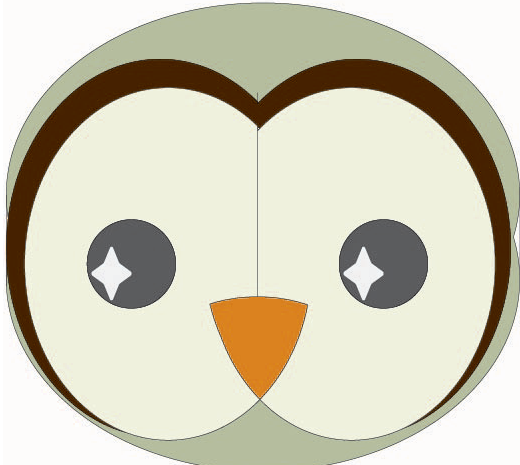
I had intended to blog more about creativity as my theme for the year, but January found me with time challenges no plan to address them. Instead I focused on knitting, finishing the books on my reading plan, and reading for pleasure.
I finished the following books in January:
- Pines – Blake Crouch
- Wayward – Blake Crouch
- The Last Town – Blake Crouch
- Lovecraft Country – Matt Ruff
- The Accidental Creative – Todd Henry
- Star Wars: From a Certain Point of View – by Renée Ahdieh, Meg Cabot, et al.
- Meditations – Marcus Aurelius (Original Translation)
- Star Trek Picard: The Last Best Hope – Una McCormack
- The Practice – Seth Godin
I picked The Accidental Creative as part of my theme of Creativity. I moved the Practice forward from where I originally scheduled it because it seemed a good partner to The Accidental Creative.
I try to read intentionally, at least in part. In January, Meditations was my intentional, educational read. I try to include a few of these each year, to keep my mind learning.
Some of my reads are purely for joy. The Pines series proved to be one of those reads. Star Trek and Star Wars are two of my loves, so I new they’d be easy and enjoyable.
I always take recommendations from friends to heart. Lovecraft Country was recommended by a friend who passed away two days after recommending it to me. Finishing it proved bittersweet because I’d already started it and was looking forward to talking to him about how much I liked it when I heard he was gone. It will forever be the book that I won’t get to talk to CH about.
February is Black history month and my personal theme is self-care. My plans for the month include getting my writing schedule under control, scheduling time for fitness and relaxation, and fully outlining my current writing project.
I’ve pulled the following books to the top of my virtual and digital to be read (TBR) piles:
- Hitting a Straight Lick with a Crooked Stick – Zora Neale Hurston
- Uncomfortable Conversations With a Black Man – Emmanuel Acho
- An African American and Latinx History of the United States – Paul Ortiz
- The Witch’s Book of Self-Care: Magical Ways to Pamper, Soothe, and Care for Your Body and Spirit – by Arin Murphy-Hiscock
- The Conjurer – Luanne G. Smith
My educational book is the Paul Ortiz An An African American and Latinx History of the United States. It’s been in my TBR pile for a little bit now, and it seemed like a topical read for Black History Month.
The Zora Neale Hurston book is a collection of her short stories. It was recommended by a friend as a stunning example of short stories and has been in my TBR pile for a while now, so I’m looking forward to taking the time to read it.
I bought Uncomfortable Conversations with a Black Man because I’ve enjoyed and been challenged by Emmanuel Acho’s youtube series of the same name. It’s probably not going to be How to be an Anti Racist, but that doesn’t make it any less worthwhile to read.
The Witch’s Book of Self-Care fills the “theme of the month” spot. It’s a Kindle Unlimited read, which is part of why I picked it. I’ve already started it and I can tell it’s a little outside of my comfort zone, but I’m still hoping to learn something from it.
The Conjurer is the latest in the Vine Witch series of romances. It’s pure indulgence. A little Valentine’s Day fun never hurt anyone, right?
If all goes to plan, I’ll finish my cardigan this month, too.







